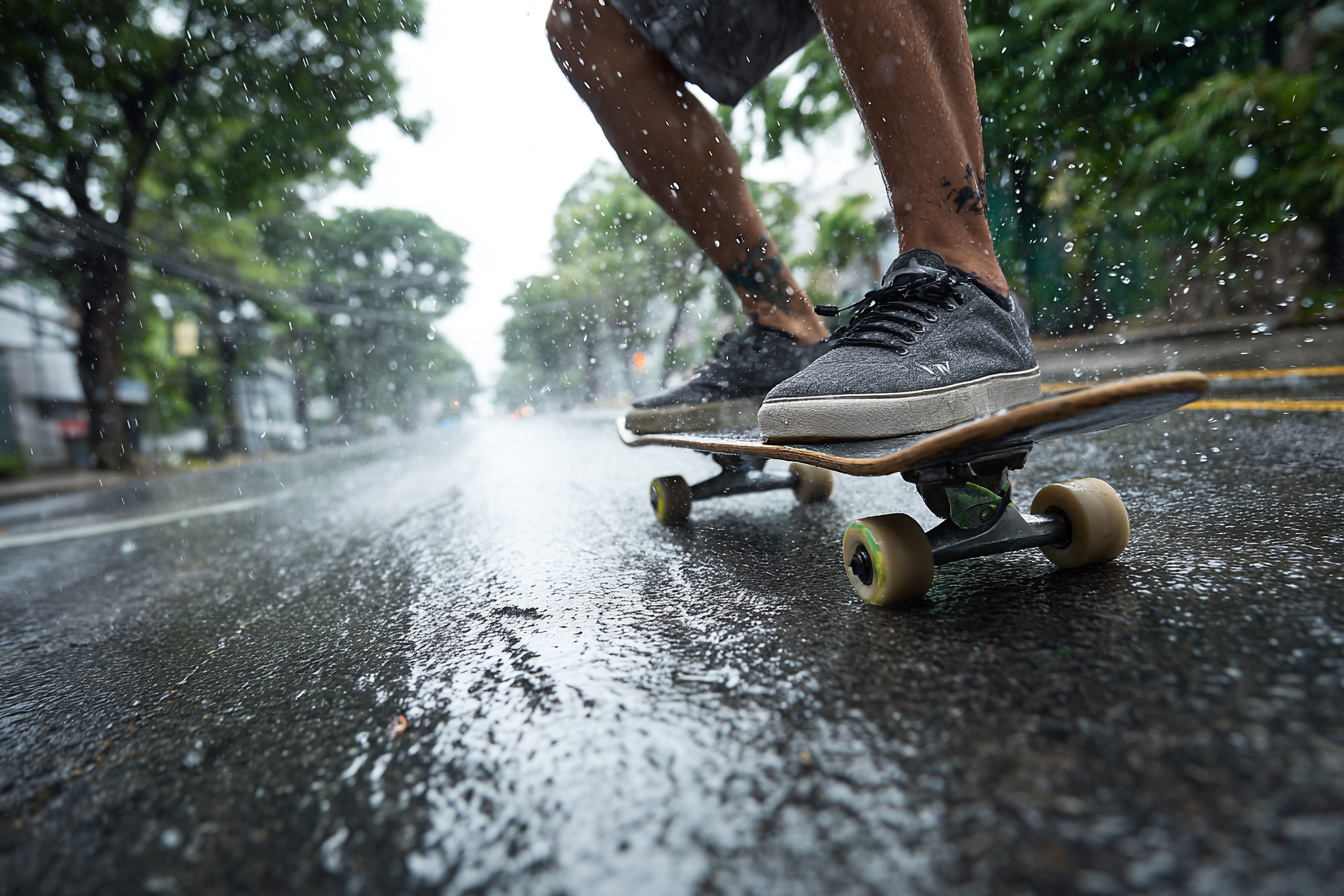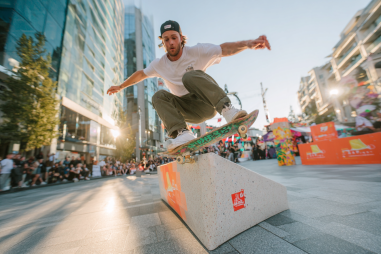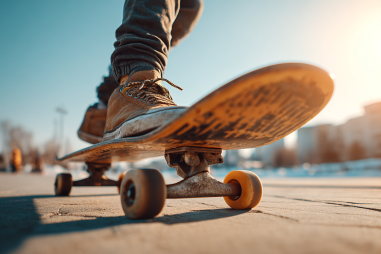Weather is more than just a backdrop for skateboarding; it actively shapes your experience and performance on the board. Whether it’s the heat of a summer afternoon or a chilly, damp morning, weather conditions influence how well you can roll, flip, and grind. Understanding these effects and learning how to adapt can make a significant difference in your progression and safety as a skater. Let’s dive into how weather impacts skateboarding and explore practical tips for thriving through all seasons.
Impact of Temperature on Physical and Board Performance
Temperature plays a crucial role in both your body’s ability to perform and the responsiveness of your skateboard. When it’s hot, your muscles warm up faster, which can enhance flexibility and reduce the risk of injury. However, extreme heat can also lead to quicker fatigue, dehydration, and diminished concentration, all of which negatively affect your skating. Additionally, the grip tape on your board tends to be more effective when dry and warm, offering better traction for tricks.
Conversely, colder temperatures can cause muscle stiffness, making it harder to execute precise movements and increasing injury risk. The cold can also reduce your endurance, limiting long practice sessions. Your skateboard hardware may also be affected; for instance, bearings can become sluggish in low temperatures due to thickened lubricant, and the deck may feel less responsive if the cold affects the wood’s flexibility.
Surface Conditions and Their Influence on Grip and Control
The surface you skate on is one of the most directly affected elements by weather. Wet or damp surfaces from rain or morning dew drastically reduce grip, making it risky to attempt tricks that require strong foot-to-board contact or sharp turns. Even a light sheen of moisture can cause wheels to slip more easily, increasing the potential for falls.
Heat can also soften asphalt, which might damage wheels or bearings faster and alter how your board rolls. In winter, surfaces may become icy or dusty, both conditions posing distinct challenges for grip and control. Cracked or uneven pavement from freeze-thaw cycles might demand extra caution and skill to navigate safely.
Psychological Effects of Weather on Skater Mindset
Weather doesn’t just affect your physical state—it has a powerful impact on your mental game. Sunny and mild conditions often boost mood, motivation, and willingness to take risks, all beneficial for learning new tricks and pushing boundaries. On the flip side, gloomy or harsh weather can dampen enthusiasm and lead to a more cautious approach, which might slow down progress or cause frustration.
Windy days challenge concentration as gusts can unpredictably shift your balance mid-trick. Similarly, skating in cold, wet, or uncomfortable weather requires stronger mental resilience, patience, and sometimes, a strategic mindset to pick the best times and places for practice.
Adapting Techniques for Varying Weather Scenarios
Adjusting your technique according to the weather is essential for maintaining safety and performance. For example, on warm, sticky days, you might want to loosen up your stance and choose tricks that take advantage of better grip and speed. On cold days, a longer warm-up and slower, more deliberate movements help combat stiffness and reduce injury risk. If the ground is wet, focusing on balance and control rather than speed or complex tricks is a smart strategy.
Windy conditions often require lowering your center of gravity and tightening your balance, while skaters can use lighter, smaller board movements to stay in control. Even subtle shifts, like bending your knees more or adjusting foot placement, can make a big difference when battling tricky weather.
Examples of Weather-Adaptive Training Drills
Developing drills that accommodate or even leverage weather conditions builds versatile skills. Here are some sample exercises:
- Cold Weather: Slow, controlled ollie repetitions focusing on clean pop and landing to maintain muscle activation without overexertion.
- Wet or Damp Conditions: Practice balance drills such as riding flat or manual walks to enhance stability and caution in low-traction environments.
- Windy Days: Work on carving tight turns and board control drills to improve your reaction to sudden gusts.
- Hot Weather: Include interval breaks and hydration-focused exercises paired with rapid movement drills to build endurance safely.
Gear Considerations to Enhance Performance
Selecting the right gear suited to different weather conditions can dramatically improve your skating experience. For instance, waterproof or water-resistant shoes can keep you comfortable and maintain board grip on moist surfaces. Bearings with seals offer better protection against moisture infiltration, reducing maintenance and improving roll in humid or rainy conditions.
Deck materials and finishes also matter; some woods or composites handle temperature fluctuations better, while grip tapes designed for high moisture resistance improve traction in damp conditions. Wearing weather-appropriate clothing, such as moisture-wicking layers in heat or insulated gear in cold, ensures that your body remains comfortable and ready for action.
Embracing Weather for Improved Skateboarding
Rather than treating weather as an obstacle, learning to read and adapt to environmental conditions can make you a more skilled and confident skater. Every season brings new challenges and opportunities to refine different aspects of your technique, endurance, and mental toughness. By understanding how temperature, moisture, and wind influence both your body and equipment, you can tailor your approach to maximize performance and enjoyment year-round.
Next time you step out onto your board, take a moment to assess the weather. Use that knowledge to adjust your practice, gear, and goals. Over time, this adaptive mindset will not only enhance your proficiency but also deepen your connection to skateboarding as a dynamic, ever-evolving sport.







